NHL Teams With the Messiest Salary Cap Situations
NHL Teams With the Messiest Salary Cap Situations
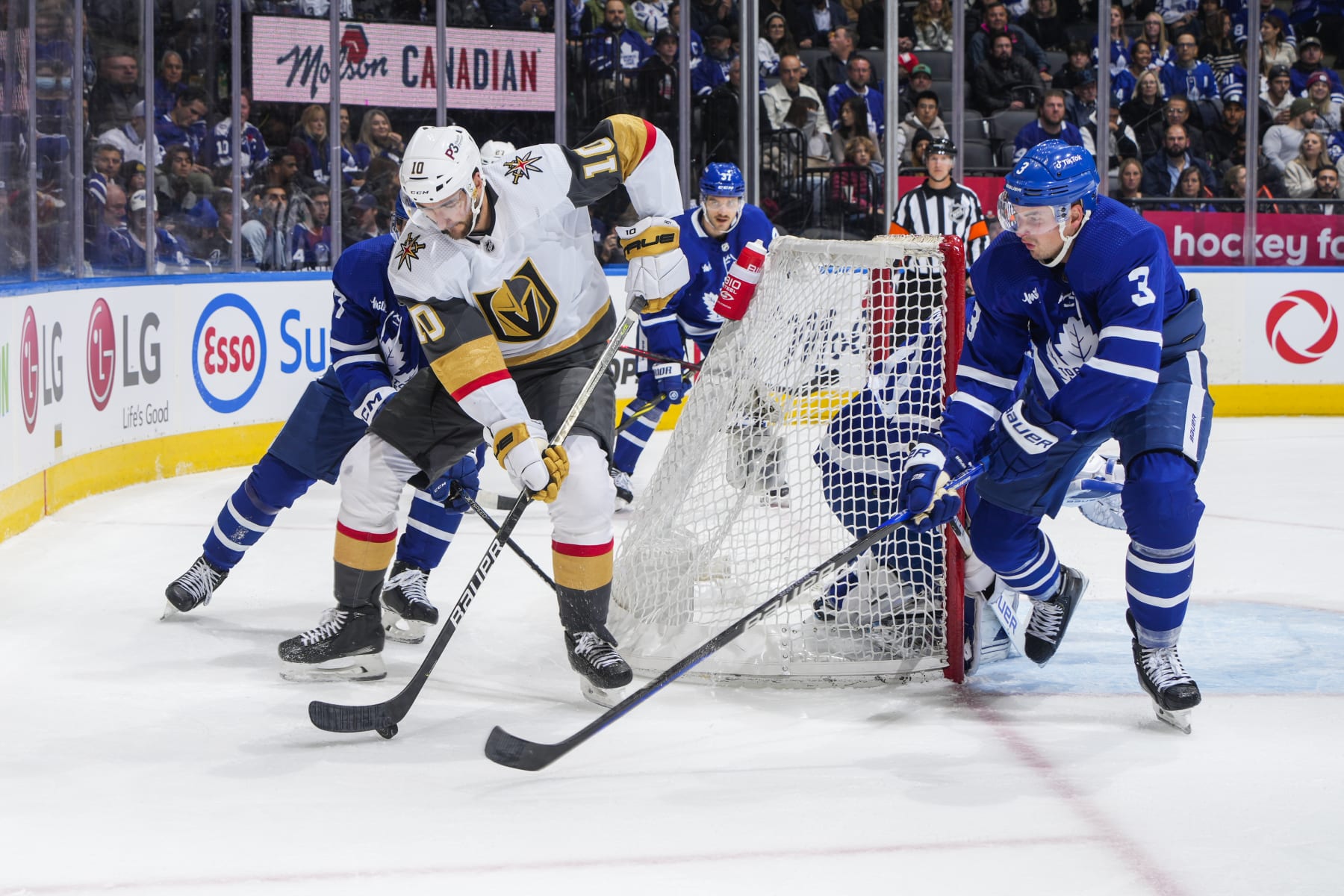
The NHL's flattened salary cap since 2020 has forced many teams to manage payrolls with limited room to re-sign talent and add players through trades or free agency. In 2022-23, 18 teams are using long-term injury reserve (LTIR) to exceed the $82.5 million cap. Among them are playoff contenders like the Vegas Golden Knights and Toronto Maple Leafs.
There is good news on the horizon. As the league recovers from the revenue issues generated by the COVID-19 pandemic, NHL commissioner Gary Bettman indicated on Oct. 18 that the cap could rise by $4 million for 2023-24 if the players' share of escrow debt to the team owners is repaid by the end of this season.
Despite Bettman's optimistic projection, the cap would rise by just $1 million if that escrow debt isn't fully paid back by the season's end. NHL clubs will have to wait until the end of this season to learn for certain. They will likely play it safe with their 2023-24 cap payrolls until then.
Many of those clubs could find it challenging to navigate their limited cap payrolls if the cap remains flattened. The following six NHL teams currently have the messiest salary-cap situations for this season and 2023-24.
Edmonton Oilers
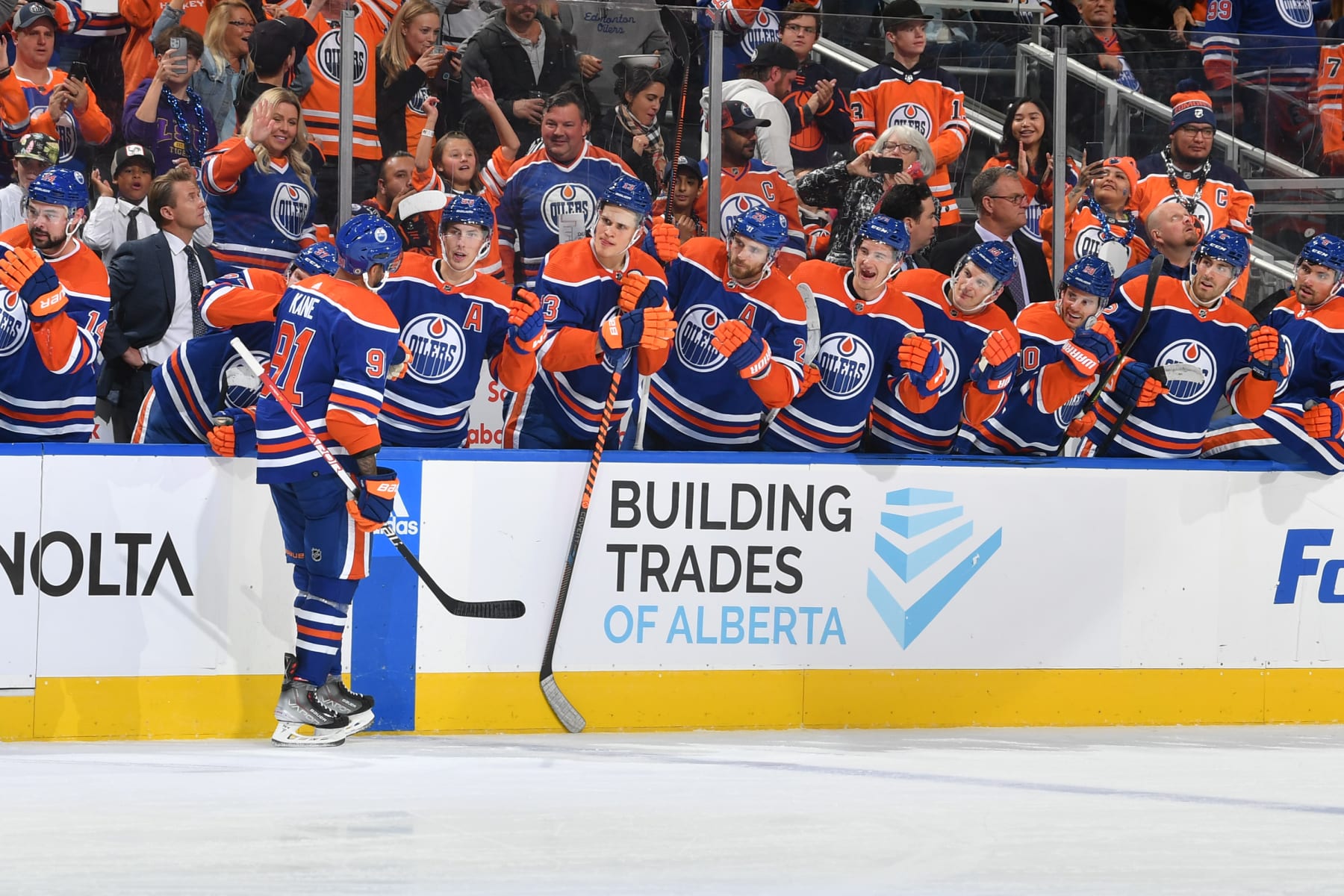
With $30.3 million invested in Connor McDavid, Leon Draisaitl and Darnell Nurse, the Edmonton Oilers faced a difficult time investing the remainder of this season's payroll on the remainder of their roster. They garnered $6.4 million in cap relief with Oscar Klefbom and Mike Smith on permanent long-term injured reserve.
Nevertheless, the Oilers have the league's fifth-highest cap payroll at $91.2 million. They recently added Evander Kane and his $5.1 million to LTIR as he recovers from a wrist injury. However, they're unlikely to invest in trading for a short-term replacement since they must ensure that they're cap compliant when he returns to action in February or March.
General manager Ken Holland could face a cost-cutting move next summer. He can't use Klefblom and Smith for LTIR relief after this year because their contracts expire at season's end. The Oilers will have a projected $71 million invested in 13 players for 2023-24 with Evan Bouchard, Stuart Skinner and Jesse Puljujärvi due to become restricted free agents.
Florida Panthers
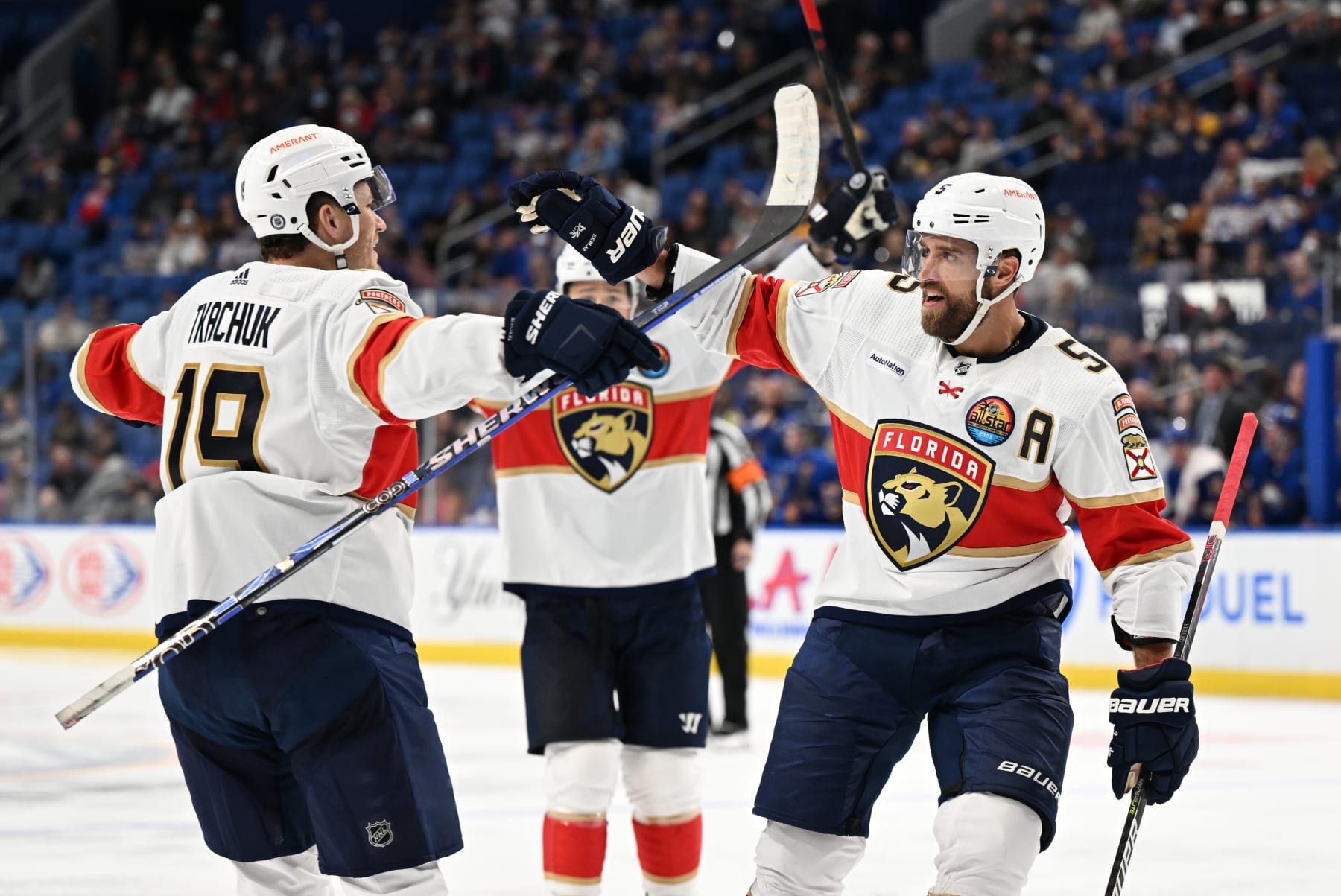
With $85.3 million in cap payroll, the Florida Panthers are above the ceiling by $2.8 million. They've received some relief by placing sidelined winger Anthony Duclair on long-term injured reserve. However, they're so pressed for cap space that they cannot field a full 23-man roster. They're 20 players per game instead.
The Panthers are having difficulty replacing players sidelined by illness or injury who cannot be placed on LTIR. They also lost Rudolfs Balcers to the Tampa Bay Lightning via waivers because of their limited cap space to make room for returning defenseman Aaron Ekblad. They could face losing another player when Duclair is ready to return to action around midseason.
The Panthers' cap issues will carry over into 2023-24. With $71.3 million invested in 14 players, they'll have limited room to re-sign restricted free-agent center Colin White and re-sign or replace pending unrestricted free agents such as Radko Gudas, Patric Hörnqvist and Marc Staal.
Minnesota Wild
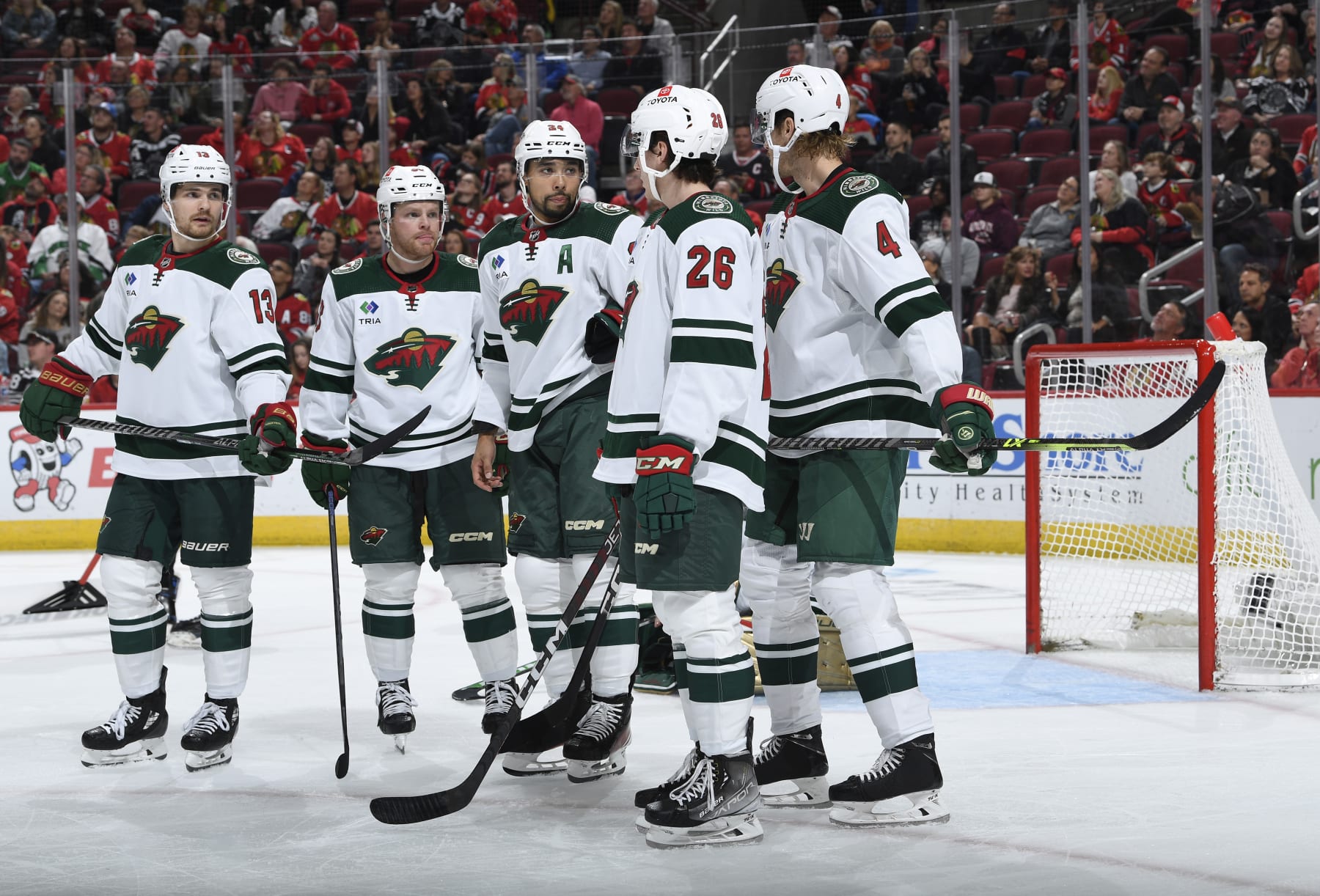
The Minnesota Wild's decision to buy out Zach Parise and Ryan Suter in July 2021 was bold. It provided them with more than $10 million in cap space for 2021-22. However, it also came with significant consequences for the following three seasons because of the way their contracts were structured.
Their buyouts counted as $12.7 million against the Wild's cap payroll for 2021-22, which forced the team to trade Kevin Fiala, Cam Talbot and Dmitry Kulikov last summer. That left them with a projected $1.9 million in cap space to ice a full 23-man roster. Still, it came at the cost of three regular roster players.
For each of the next two seasons, those buyouts will account for $14.7 million of dead cap space. With $68.9 million invested in 14 players for 2023-24, that will affect Minnesota's efforts to re-sign or replace pending unrestricted free-agent defenseman Matt Dumba and promising restricted free-agent winger Matthew Boldy. Both of them will be in line for significant raises.
Tampa Bay Lightning

Since the COVID-shortened 2020-21 season, the Tampa Bay Lightning have walked a fine line with salary-cap space. They've been able to adjust by placing players on long-term injured reserve such as Nikita Kucherov in 2020-21 or acquiring the contract of the permanently sidelined Brent Seabrook and his $6.9 million cap hit.
The Lightning currently have $91.3 million in salary-cap payroll for 2022-23 with LTIR players Seabrook and Anthony Cirelli ($4.8 million) enabling them to exceed the cap. However, Cirelli is expected to return from offseason shoulder surgery by mid-December. To free up sufficient cap space for him, the Lightning might have to move a player or two.
Their high payroll over the years has led to the departure of key players such as Ondrej Palat and Ryan McDonagh through free agency or trades. With a projected $80.4 million invested in 12 players for 2023-24, they will have difficulty re-signing or replacing pending free agents such as Alex Killorn and Corey Perry, even with Seabrook's LTIR status.
Toronto Maple Leafs
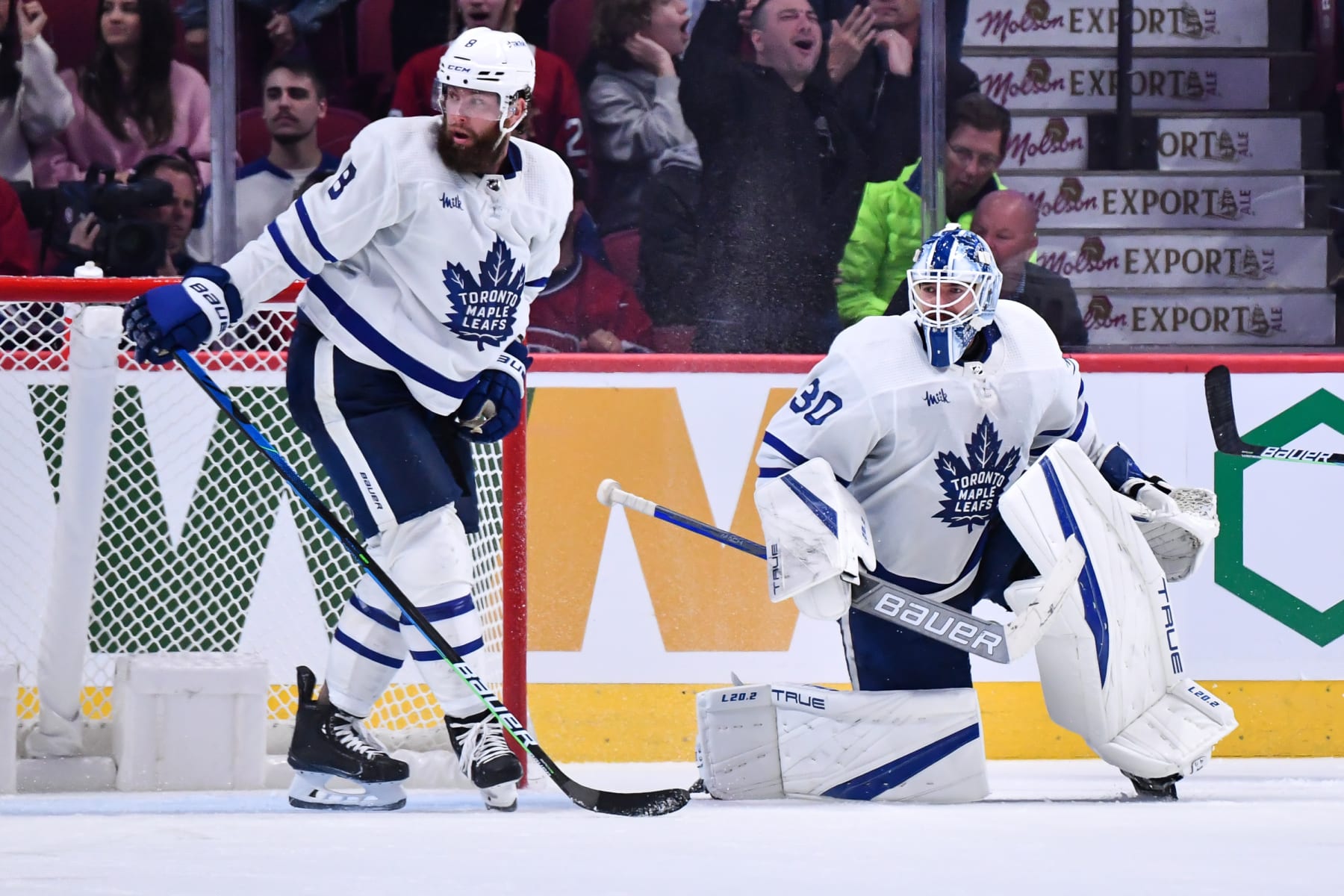
The Toronto Maple Leafs were bumping up against the salary cap when this season began. With Timothy Liljegren and Carl Dahlstrom on long-term injury reserve, they became cap-compliant with four dollars to spare before their season opener.
That commenced what's been weeks of juggling cap space by Leafs management.
Liljegren eventually returned to action, but the Leafs got a combined $10.3 million of cap relief with defenseman Jake Muzzin and goalie Matt Murray going on LTIR. Murray ($4.7 million) is expected to return to action soon, but Muzzin ($5.6 million) is out indefinitely due to a neck injury.
Looking ahead to next season, the Leafs have $73.1 million tied up in 12 players, while forwards such as Alex Kerfoot, Pierre Engvall, David Kampf and Michael Bunting are slated to become unrestricted free agents. Re-signing them won't leave much for the remainder of their roster.
Vegas Golden Knights
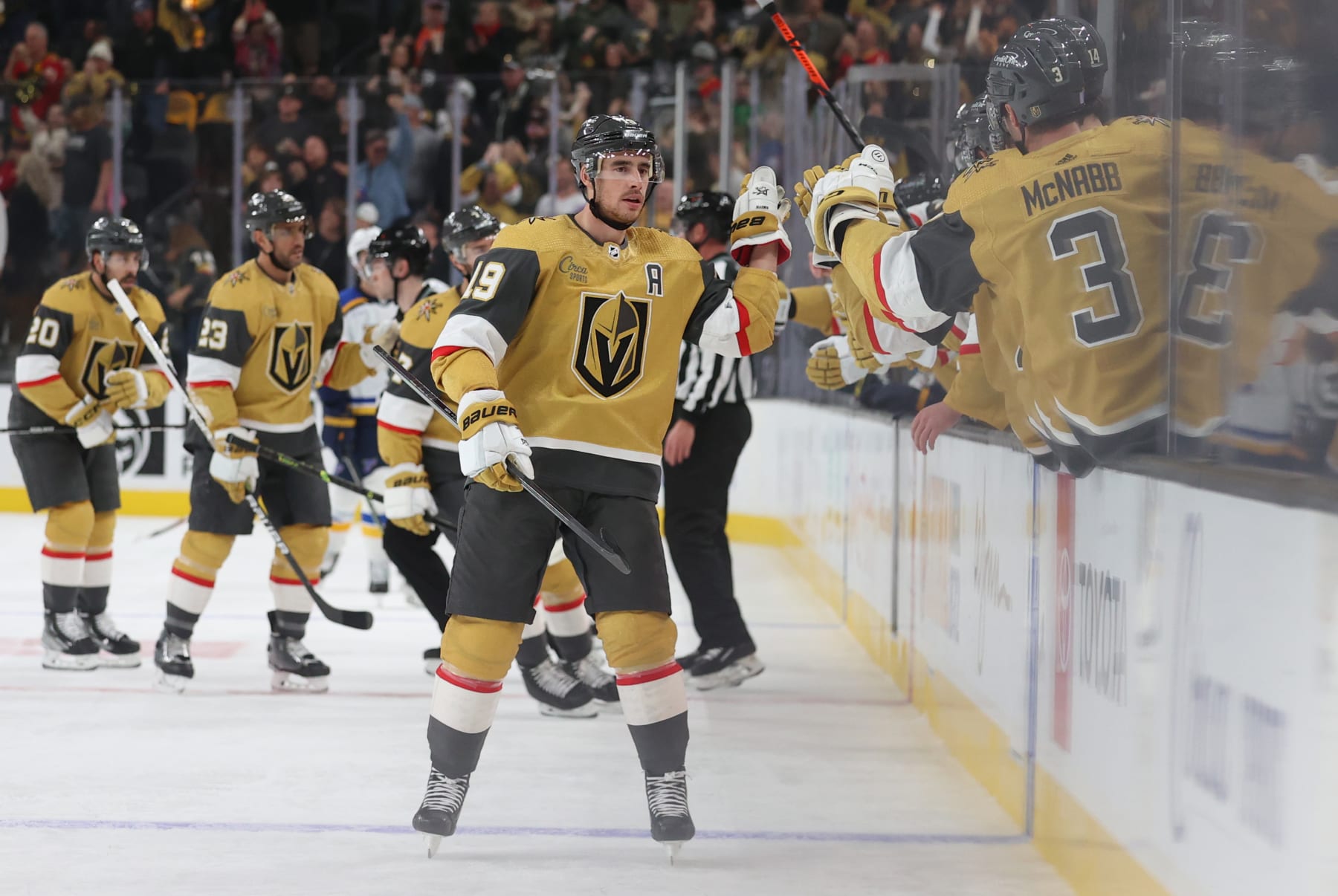
The Vegas Golden Knights have this season's highest payroll at $95.6 million, $14.1 million of which is invested in players on LTIR. One of them is starting goalie Robin Lehner, who is out for the season due to hip surgery. The other is permanently sidelined defenseman Shea Weber, whose contract they acquired this past summer from the Montreal Canadiens.
The Golden Knights took on Weber's contract to provide them with the flexibility to exceed the cap to ice a 23-man roster this season. However, it's left them with little room to bolster their lineup should a rash of short-term injuries or illnesses strike their roster.
It won't get any easier for them next season, either. With a projected $87.9 million payroll invested in 20 players, they're already over the anticipated $83.5 million cap. Lehner and his $5 million cap hit could return to the lineup next season, too.
Salary info (as of Nov. 14, 2022) via Cap Friendly.
